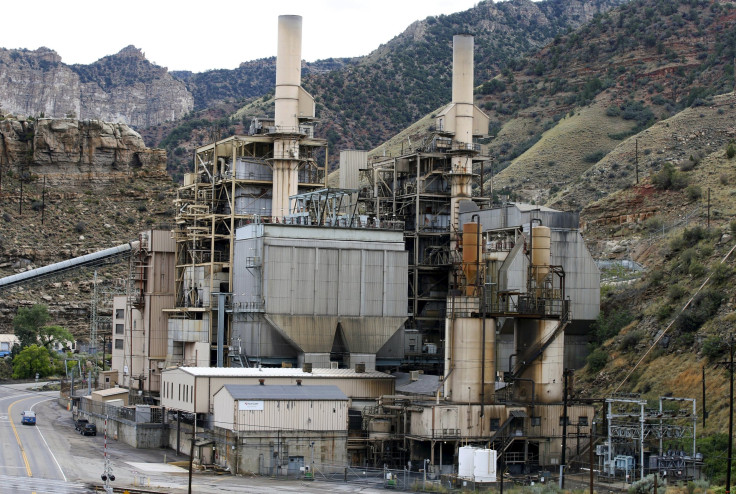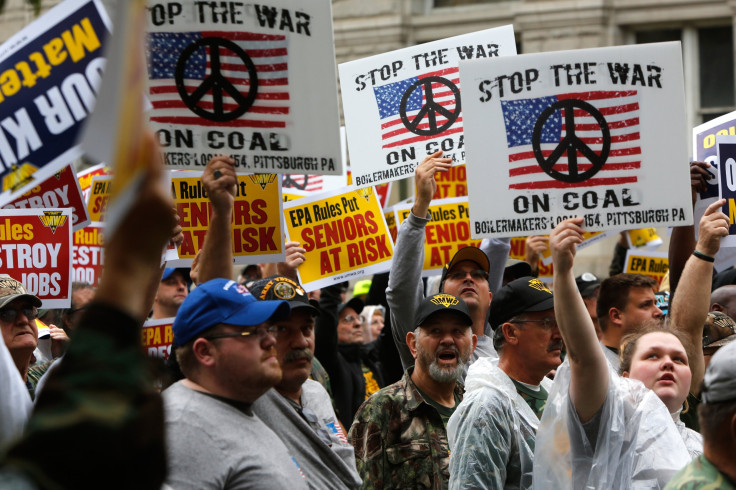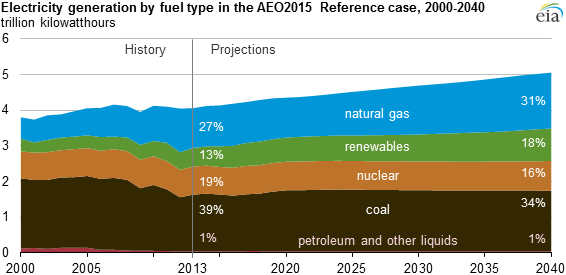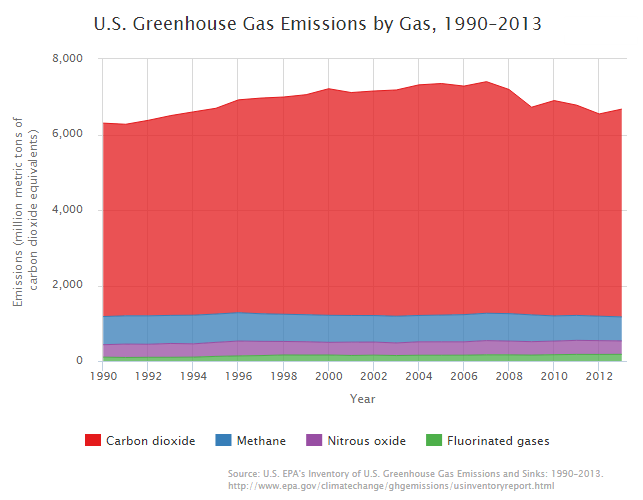Climate Change 2015: Can 'Big Coal' Win Its Legal Attack On Obama's Clean Power Plan?

Coal lobbyists and more than a dozen Republican-led states say they’re readying a legal attack on President Barack Obama’s Clean Power Plan, the final version of which he unveiled Monday. If successful, the fossil fuel supporters would not only dismantle a central piece of Obama's climate change legacy but potentially thwart future federal attempts to regulate U.S. power plant emissions.
Critics of Obama’s plan are expected to challenge the rule on multiple legal and technical grounds. But their main argument will focus on a particular section of the Clean Air Act, the decades-old law enacted to protect air quality nationwide.
Opponents claim the U.S. Environmental Protection Agency wrongly interpreted Section 111(d) in establishing limits on power sector carbon emissions -- a point the opponents say they're willing to bring before the U.S. Supreme Court.
“It’s illegal,” Mike Duncan, president of the American Coalition for Clean Coal Electricity, a top U.S. coal lobbying group, said of the Clean Power Plan. The coalition, along with the National Mining Association and other opponents, plans to sue the EPA, he said. The groups will also file a motion to stay the emissions rules to stop them from taking effect before the legal skirmishes are resolved.
Congress crafted Section 111(d) to encompass types of pollutants not included under other parts of the Clean Air Act, including Section 112 for hazardous air pollutants. Critics say the EPA is effectively regulating power plants twice because it already regulates other types of pollution under 112.
“It’s double regulation,” Duncan said. “That’s one whole area the court will look at and say, ‘EPA, you’re wrong.’”

The EPA and its supporters say the climate rule has solid legal standing.
The final Clean Power Plan requires states to slash carbon pollution from electricity to 32 percent below 2005 levels by 2030. The goal is to encourage state and utilities to invest in solar, wind and other renewable energy supplies while reducing reliance on higher-polluting sources, including coal-fired power plants.
The plan arrives as the U.S. coal industry is increasingly struggling to compete with cheaper natural gas and cleaner renewable energy, and as prices for metallurgical coal plunge to 11-year lows. Alpha Natural Resources, one of the largest U.S. coal miners, on Monday became the latest company to file for bankruptcy protection amid rising debt and waning demand.
Derailing the Clean Power Plan is in large part an attempt to stave off additional losses in the beleaguered coal sector.
The EPA has estimated America’s coal production could fall to levels not seen since the 1970s once the rules take effect. U.S. coal plants would also likely account for less than one-third of total U.S. electricity generation under the rule, down from about 40 percent today.

On Monday, just minutes after Obama announced his landmark climate change rule, Duncan and other coal industry supporters announced their plans to fight back. West Virginia Attorney General Patrick Morrisey told reporters that a group of at least 15 Republican state attorneys general were preparing to file a joint legal challenge.
“This rule represents the most far-reaching energy regulation in this nation’s history, drawn up by radical bureaucrats and based on an obscure, rarely used provision of the Clean Air Act,” Morrisey said during a news conference in his home state.
If the courts decide the EPA can’t regulate power plant carbon pollution under Section 111(d), “it’s a grand slam” for the challengers, said Sean H. Donahue, a partner at Donahue and Goldberg who represents the Environmental Defense Fund in Clean Air Act litigation. “It would be a categorical win. Because the EPA couldn’t do any of this.”
Yet Donahue and other environmental legal experts say they’re confident the coal groups’ arguments will fail in court.
They say critics are wrong in claiming the EPA is regulating carbon pollution twice. “It’s not right to say that EPA cannot regulate carbon emissions under 111(d) because it regulated hazardous pollution under 112,” said Brendan Collins, a partner at Ballard Spahr LLP who represents electric utilities companies and the oil and gas industry. “I think EPA should prevail on that.”
The legal experts note the U.S. Supreme Court has tended to rule in the EPA’s favor on carbon-related regulations. In the 2011 case American Electric Power v. Connecticut, the court affirmed the agency’s authority to curb power plant carbon pollution under section 111(d). The Supreme Court separately found the EPA is authorized to protect the public from harmful pollution, in a ruling known as the “endangerment finding.”

Duncan, the coal lobbyist, said his organization and others may file a motion to stay the Clean Power Plan within a matter of weeks. But larger legal challenges to the rule could take several months. Under the law, petitioners can start filing lawsuits once the EPA publishes the rule in the Federal Register, which it might wait to do.
U.S. states aren’t required to submit individual strategies for meeting the Clean Power Plan until September 2016, and the compliance period doesn’t start until 2022.
“It’s going to play out over the next several years,” Collins said. “The Obama administration will long be out of office at the time this plan is coming into shape.”
Update 8/4/15: This story has been updated to clarify the legal arguments against the Clean Power Plan under the Clean Air Act.
© Copyright IBTimes 2024. All rights reserved.





















